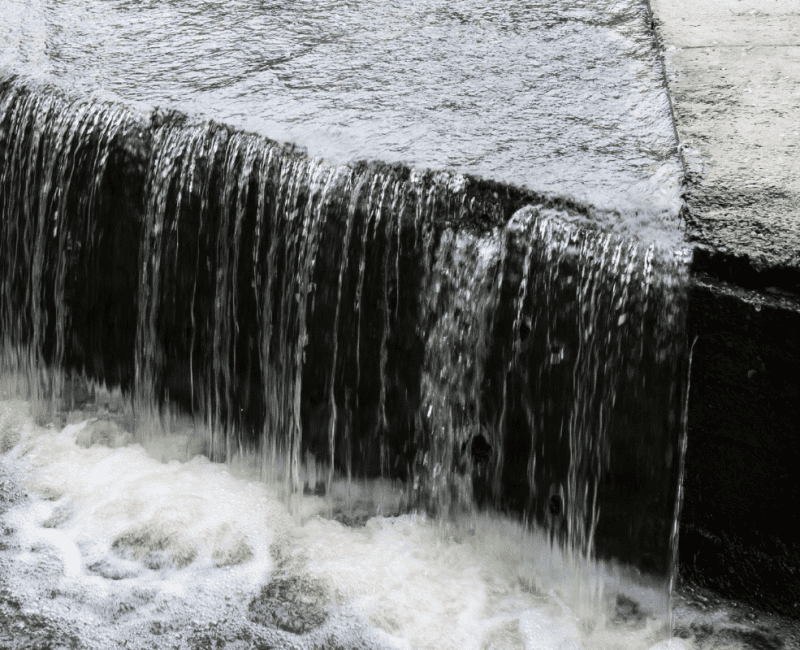
The standards for recycling stormwater are higher for drinking water than for non-potable reuse such as agricultural or urban irrigation…

The standards for recycling stormwater are higher for drinking water than for non-potable reuse such as agricultural or urban irrigation…

Stormwater and treated wastewater can contain infectious pathogens…

Compliance with the Australian Guidelines for Water Recycling ensures that recycled wastewater does not present a health risk due to infectious pathogens or disease-causing chemicals…
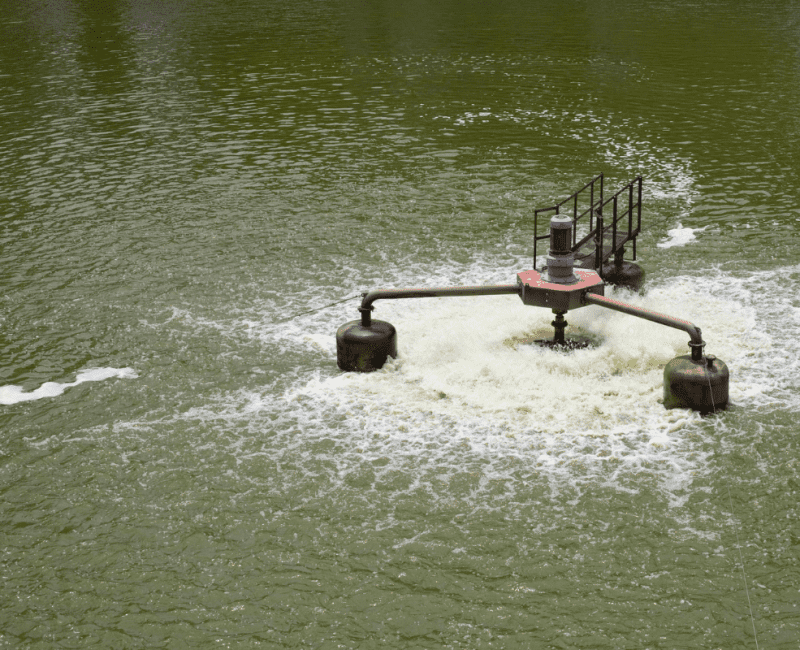
The Australian Guidelines for Water Recycling (AGWR) require water recycling treatment processes to be validated in ways that ensure that recycled water does not pose a risk to health, safety or the environment…
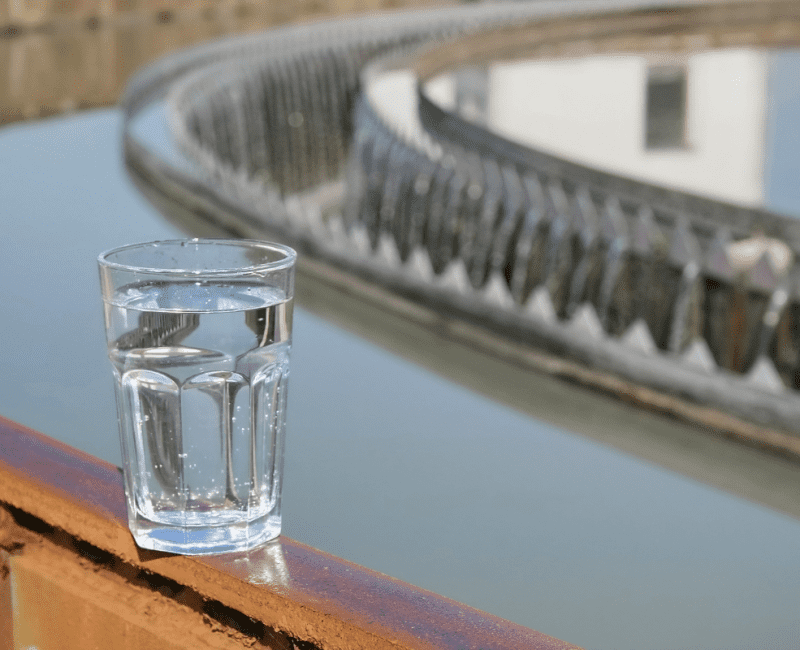
Recycling wastewater by using reverse osmosis (RO) and ultrafiltration appears to be associated with the formation of some groups of micropollutants but there is not much information about these processes…

Membranes are used to remove viruses from treated wastewater to make it safe for discharge or recycling…
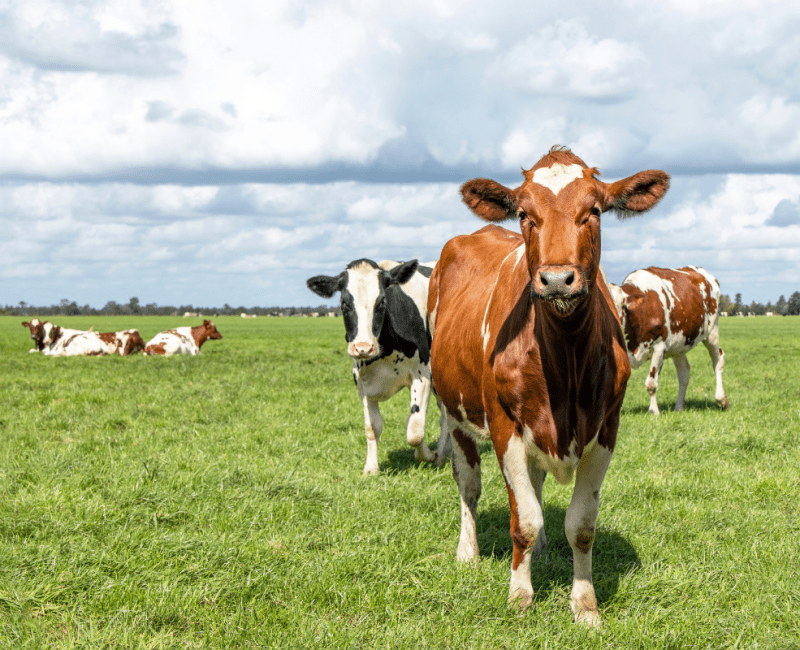
Smaller and regional Wastewater Treatment Plants (WWTPs) have the capacity to recycle wastewater for agricultural use, but the cost of obtaining regulatory approval or ‘accreditation’ is prohibitive…

The Australian water industry uses a variety of membrane processes to remove unwanted pathogens or compounds, such as salt, from source waters…
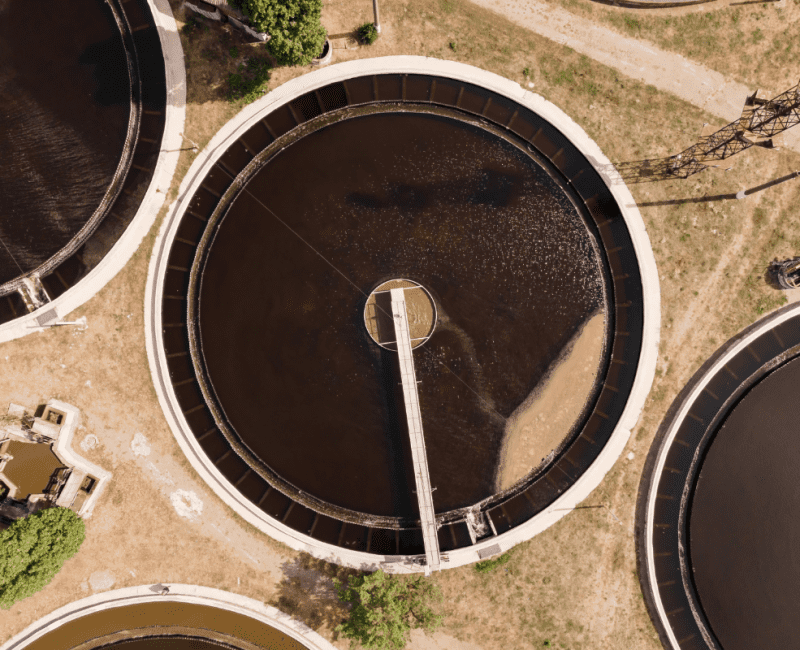
Wastewater must be treated to remove harmful pathogens and chemicals before it can be released to the environment, but the cost of proving that all pollutants have been removed is prohibitive because potentially thousands of separate chemicals would have to be measured…
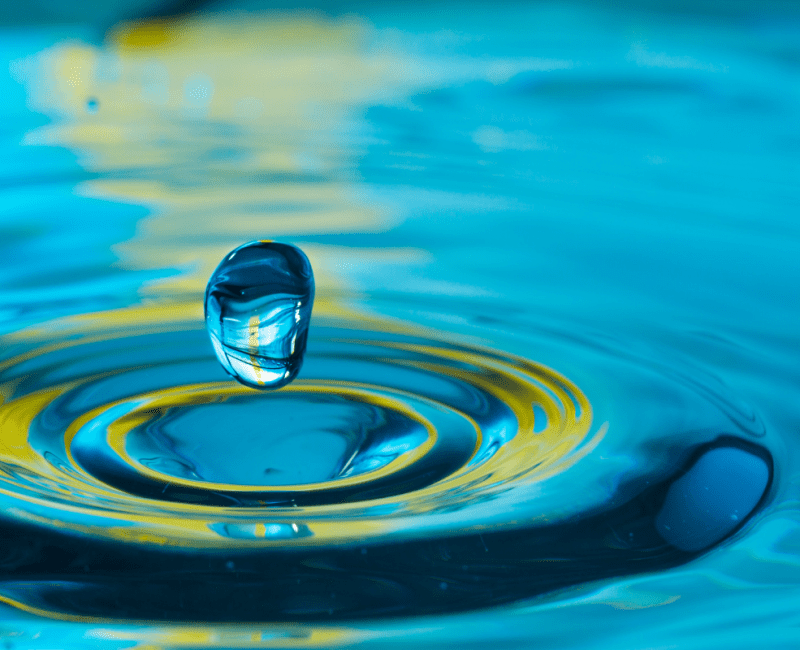
Wastewater (WW) contains harmful chemicals, including pesticides, that can disrupt normal gene function or hormone activity…